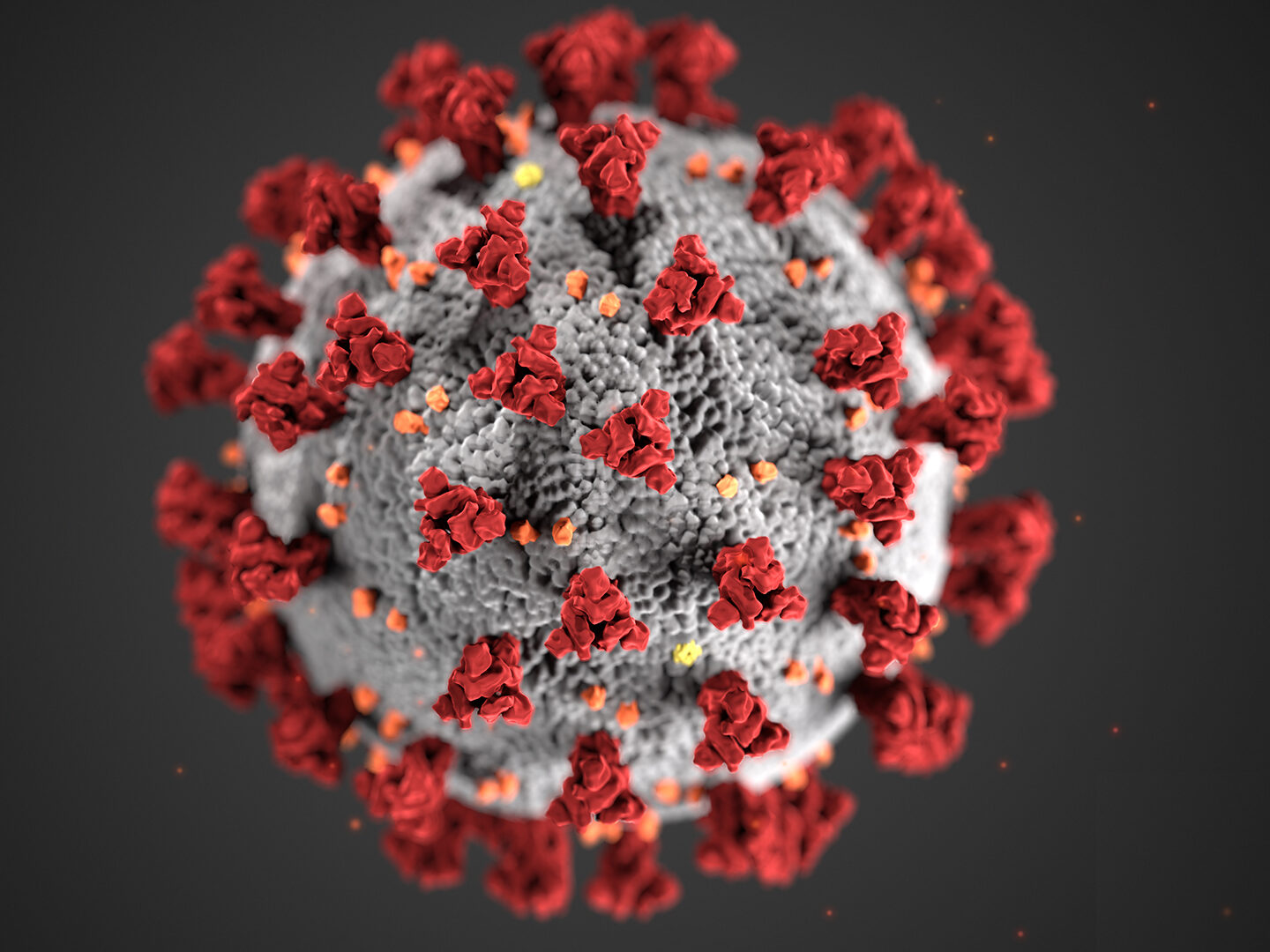Travelers find BWI airport so-so; there are ways to make it better
There is good news and bad news for Baltimore-Washington International Thurgood Marshall Airport in the J.D. Power 2022 North America Airport Satisfaction Study, which surveys air travelers to find out what they liked and disliked about their airport experiences this past year. The good news is that there is no terribly bad news in the results. The bad news? There isn’t much good news in the outcome either. BWI scored 784 points in the “large” airport category, which was a modest five points below and 13 points above regional competitors Washington Dulles International Airport and Ronald Reagan Washington National Airport.


